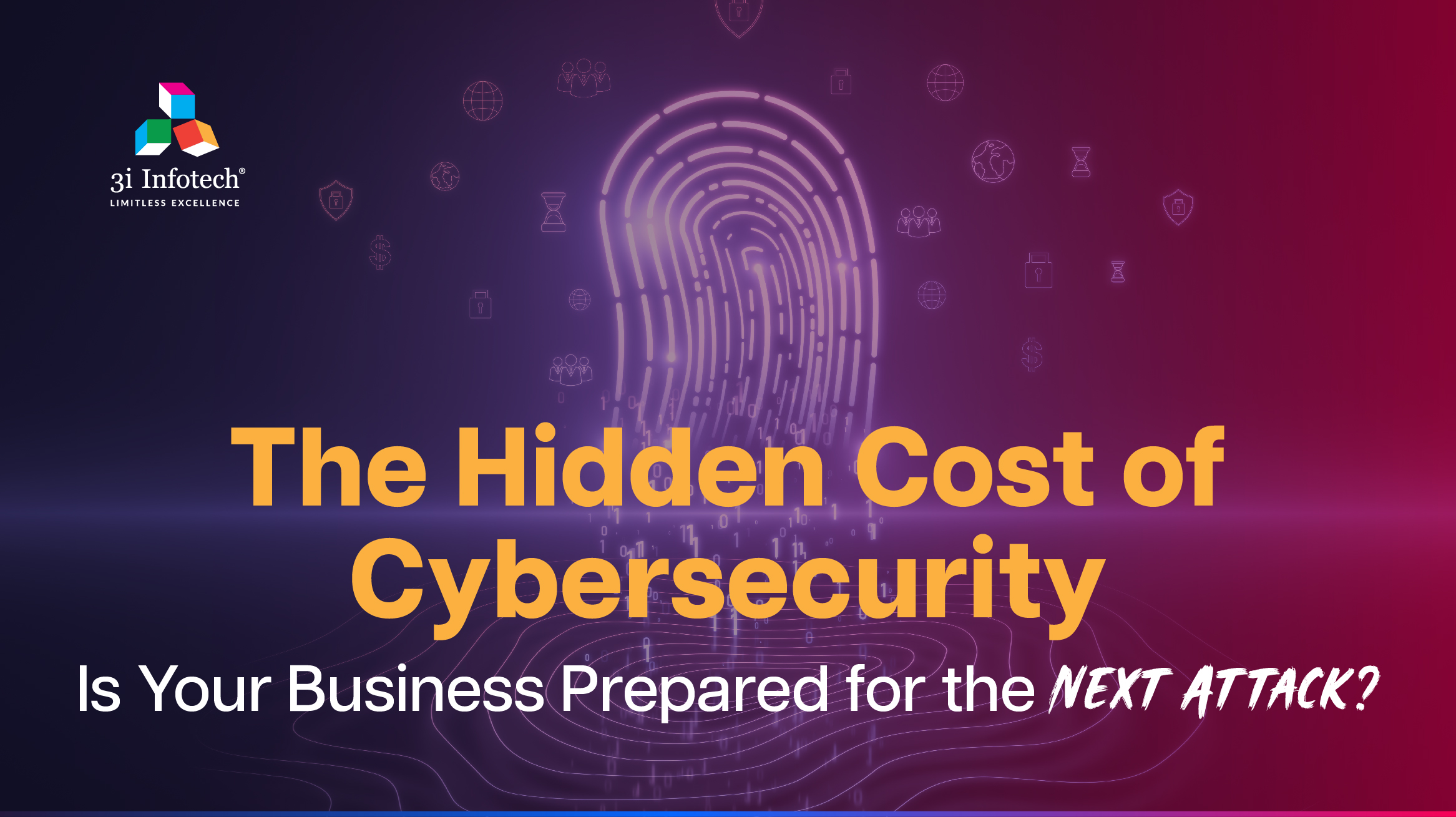Cybercrime has rapidly evolved into a trillion-dollar crisis, unprecedentedly affecting businesses, governments, and individuals. As digital transformation accelerates, cyber threats are growing in frequency and complexity, with financial damages skyrocketing. Experts predict that the global cost of cybercrime will exceed $10.5 Trillion annually by 2025, a staggering figure surpassing many countries’ GDP. Organisations across all industries face an uphill battle against ransomware attacks, phishing scams, data breaches, and supply chain infiltrations, which have become more than just IT concerns; they are now boardroom-level risks. The financial impact extends far beyond immediate monetary losses. Companies suffer from reputational damage, operational downtime, legal and regulatory penalties, intellectual property loss, and customer trust erosion. For some businesses, a single cyberattack can mean the difference between survival and collapse.
As cyber criminals adopt advanced techniques such as AI-driven attacks, deepfake fraud, credential stuffing, and zero-day exploits, traditional security measures that once sufficed are proving inadequate. The ability to manipulate synthetic identities, automate large-scale attacks, and exploit security vulnerabilities in real time has given cybercriminals a dangerous advantage. High-risk industries such as BFSI, Healthcare, Manufacturing, and Critical Infrastructure are especially vulnerable due to the sensitive nature of the data they handle. Still, even small and mid-sized enterprises are no longer immune. SMBs are increasingly targeted because they often lack robust security frameworks and dedicated cybersecurity teams. The reality is that no business is too small or large to be attacked, and the recovery cost is often far more significant than prevention.
The traditional reactive approach, fixing security gaps only after an attack, has become an unsustainable model in today’s cyber landscape. Instead, organisations must embrace a proactive cybersecurity strategy emphasising Zero Trust Architecture, AI-powered threat detection, real-time monitoring, endpoint security, multi-factor authentication (MFA), and continuous employee training to mitigate risks before they materialise. Cyber resilience is now a necessity rather than a luxury. Regulatory bodies worldwide are also tightening compliance requirements, enforcing stringent data protection laws such as GDPR, CCPA, and PCI-DSS, which mandate strict security policies and impose heavy fines for non-compliance. Beyond compliance, organisations must understand that investing in robust cybersecurity measures is not just about avoiding penalties but protecting their future.
While some businesses view cybersecurity as an added cost, the reality is that the financial and operational impact of a cyberattack is exponentially more significant than the cost of prevention. Ransomware alone has caused billions in damages globally, with cybercriminals now operating sophisticated networks that function like full-fledged enterprises, offering ransomware-as-a-service (RaaS) to target victims at scale. The challenge is further compounded by insider threats, where employees, maliciously or inadvertently, contribute to security breaches. Whether it’s data leaks, credential theft, or unauthorised access, the weakest link in cybersecurity is often human error, reinforcing the need for comprehensive cybersecurity awareness programs and strict access controls.
At 3i Infotech, we recognise cyber threats’ dynamic and ever-evolving nature. We are committed to developing innovative, AI-driven security solutions that help organisations stay ahead of attackers. Our expertise in threat intelligence, real-time monitoring, risk mitigation, and security automation enables businesses to build a resilient cybersecurity posture that prevents cyberattacks and ensures long-term digital trust and business continuity in an increasingly volatile cyber landscape.

